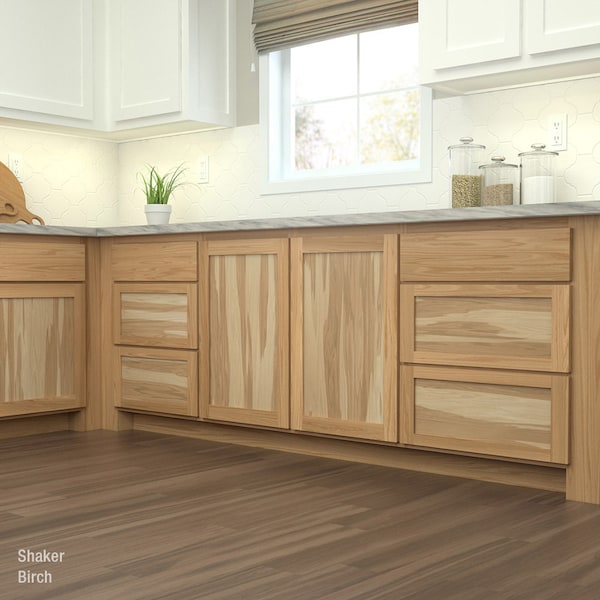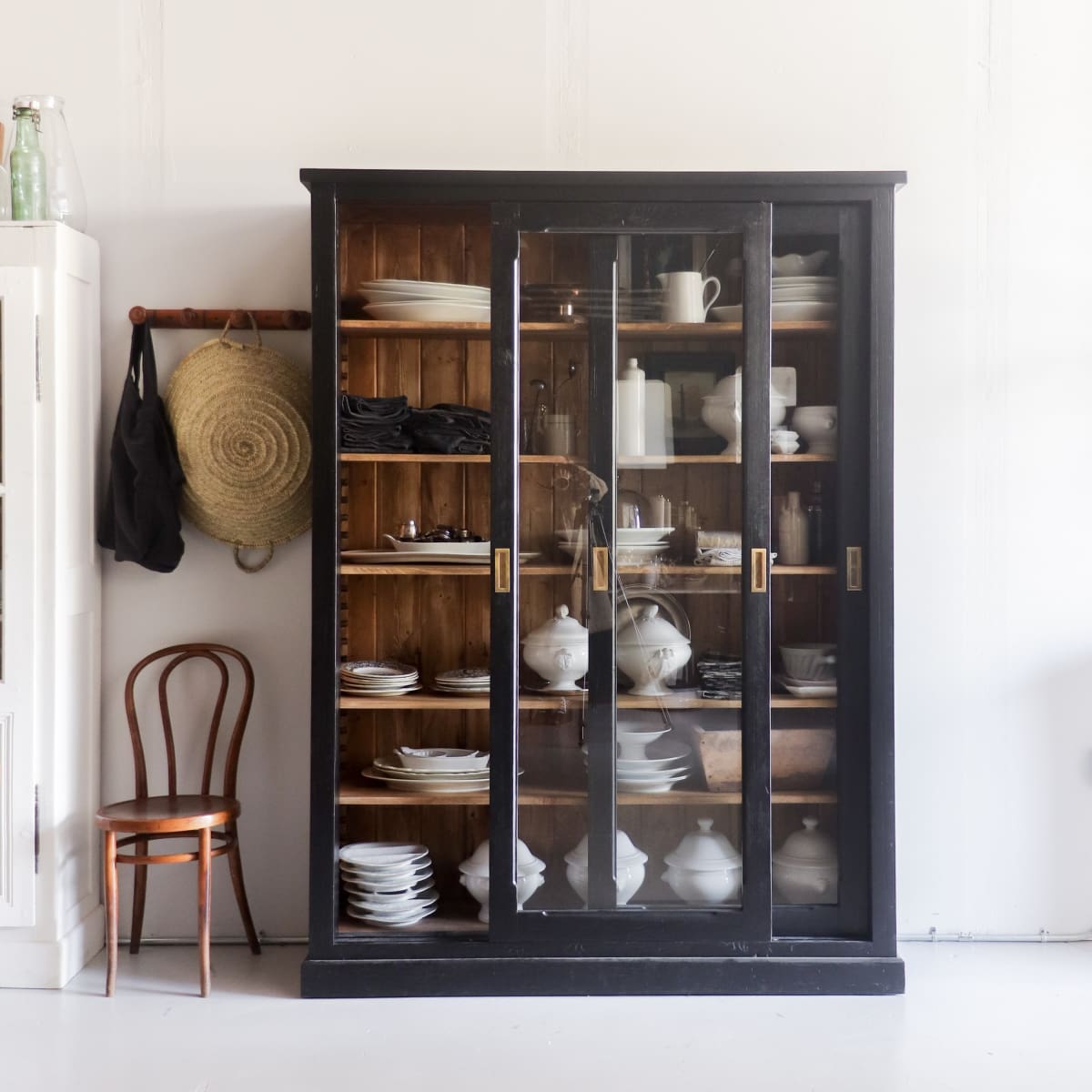All Categories
Featured
When developing a home, door placement is an often-overlooked component that plays a vital duty in performance, visual appeals, and power circulation. The calculated positioning of doors can influence every little thing from natural light circulation to personal privacy and the general harmony of an area. Let's discover the science of door positioning and exactly how it impacts home design.
The main feature of doors is to provide accessibility and define rooms. Their positioning must promote a smooth flow of motion throughout the home.
Trick Factors To Consider:
Web Traffic Patterns: Doors must align with all-natural walking courses to stay clear of unpleasant navigation. A door leading to a bedroom needs to ideally open up in the direction of the bed area instead than producing barriers.
Room Adjacency: Think about the relationship between rooms. A kitchen area door placed near an eating area boosts convenience, while a restroom door placed far from social spaces maintains personal privacy.
Relieve of Gain access to: External doors need to connect realistically to driveways, verandas, or main paths, making sure seamless entrance and exit.
Doors, particularly those with glass panels, can add significantly to the illumination and ventilation of a home.
Positioning Tips:
Line Up with Windows: Placing doors across from windows can boost cross-ventilation, advertising better air movement and a cooler indoor setting.
Sunshine Accessibility: Exterior doors positioned on the eastern or south side capture morning sunshine, brightening insides normally.
Glass Panels: Doors with frozen or clear glass allow light to permeate much deeper into the home, decreasing dependency on artificial lighting.
Thoughtful door placement guarantees that personal and shared rooms are well-defined, improving comfort and security.
Strategies:
Barrier Zones: Make use of corridors or transitional locations to different personal rooms like rooms from common areas like living rooms.
Shower Room Positioning: Bathroom doors must open up into much less visible areas of the home to preserve discernment.
Access Doors: The primary door needs to supply a clear view of site visitors without subjecting the interior straight, which can be achieved through peepholes or sidelights.
Doors add to the aesthetic appeal of a home by maintaining equilibrium and percentage in style.
Design Considerations:
Balance: Aligning doors symmetrically in corridors or on exterior façades develops a sense of order.
Percentages: Oversized doors in grand entrances share deluxe, while standard doors preserve simpleness in smaller rooms.
Consistent Designs: Matching door designs and finishes across the home guarantees cohesion and improves general aesthetic appeals.
![]()
Critical door positioning can add to a home's energy performance, reducing heating and air conditioning expenses.
Energy Tips:
Seal Positioning: Exterior doors need to be positioned and well-sealed far from draft-prone locations.
Zoning: Usage doors to develop areas that can be heated up or cooled separately, maximizing power use.
![]()
Seasonal Factors to consider: In cooler environments, placing main doors away from prevailing winds can minimize heat loss.
In some traditions, door placement brings symbolic definition. For example, in Feng Shui, the positioning of doors influences the circulation of "chi" or energy throughout the home.
![]()
Typical Practices:
Key Entrance Alignment: The front door needs to face an inviting and open room instead of challenges like walls or trees.
Prevent Door Conflicts: Doors that open directly contrary each other can develop energy clashes and interrupt consistency.
Orientation: In certain societies, doors oriented in certain directions are believed to bring success or all the best.
Last Thoughts
The scientific research of door placement integrates practical capability with aesthetic and symbolic considerations. By attentively positioning doors, you can develop a home that feels unified, efficient, and inviting. Whether you're designing a new residence or restoring an existing one, taking notice of where and just how doors are put can change your living spaces right into a much more attractive and practical setting.
- Circulation and Capability
The main feature of doors is to provide accessibility and define rooms. Their positioning must promote a smooth flow of motion throughout the home.
Trick Factors To Consider:
Web Traffic Patterns: Doors must align with all-natural walking courses to stay clear of unpleasant navigation. A door leading to a bedroom needs to ideally open up in the direction of the bed area instead than producing barriers.
Room Adjacency: Think about the relationship between rooms. A kitchen area door placed near an eating area boosts convenience, while a restroom door placed far from social spaces maintains personal privacy.
Relieve of Gain access to: External doors need to connect realistically to driveways, verandas, or main paths, making sure seamless entrance and exit.
- Optimizing All-natural Light and Air Flow
Doors, particularly those with glass panels, can add significantly to the illumination and ventilation of a home.
Positioning Tips:
Line Up with Windows: Placing doors across from windows can boost cross-ventilation, advertising better air movement and a cooler indoor setting.
Sunshine Accessibility: Exterior doors positioned on the eastern or south side capture morning sunshine, brightening insides normally.
Glass Panels: Doors with frozen or clear glass allow light to permeate much deeper into the home, decreasing dependency on artificial lighting.
- Privacy and Protection
Thoughtful door placement guarantees that personal and shared rooms are well-defined, improving comfort and security.
Strategies:
Barrier Zones: Make use of corridors or transitional locations to different personal rooms like rooms from common areas like living rooms.
Shower Room Positioning: Bathroom doors must open up into much less visible areas of the home to preserve discernment.
Access Doors: The primary door needs to supply a clear view of site visitors without subjecting the interior straight, which can be achieved through peepholes or sidelights.
- Aesthetic Harmony
Doors add to the aesthetic appeal of a home by maintaining equilibrium and percentage in style.
Design Considerations:
Balance: Aligning doors symmetrically in corridors or on exterior façades develops a sense of order.
Percentages: Oversized doors in grand entrances share deluxe, while standard doors preserve simpleness in smaller rooms.
Consistent Designs: Matching door designs and finishes across the home guarantees cohesion and improves general aesthetic appeals.
- Energy Performance and Sustainability

Critical door positioning can add to a home's energy performance, reducing heating and air conditioning expenses.
Energy Tips:
Seal Positioning: Exterior doors need to be positioned and well-sealed far from draft-prone locations.
Zoning: Usage doors to develop areas that can be heated up or cooled separately, maximizing power use.

Seasonal Factors to consider: In cooler environments, placing main doors away from prevailing winds can minimize heat loss.
- Symbolic and cultural Variables
In some traditions, door placement brings symbolic definition. For example, in Feng Shui, the positioning of doors influences the circulation of "chi" or energy throughout the home.

Typical Practices:
Key Entrance Alignment: The front door needs to face an inviting and open room instead of challenges like walls or trees.
Prevent Door Conflicts: Doors that open directly contrary each other can develop energy clashes and interrupt consistency.
Orientation: In certain societies, doors oriented in certain directions are believed to bring success or all the best.
Last Thoughts
The scientific research of door placement integrates practical capability with aesthetic and symbolic considerations. By attentively positioning doors, you can develop a home that feels unified, efficient, and inviting. Whether you're designing a new residence or restoring an existing one, taking notice of where and just how doors are put can change your living spaces right into a much more attractive and practical setting.
Latest Posts
Resilient and Fashionable Secure Fencing Solutions from Washington Fencing
Published Apr 11, 25
1 min read
Laminate Floor Covering: Style Fulfills Resilience at Carpet Interiors Floor & Home
Published Apr 11, 25
2 min read
A Taste of Seasonal Quality
Published Apr 11, 25
1 min read
More
Latest Posts
Resilient and Fashionable Secure Fencing Solutions from Washington Fencing
Published Apr 11, 25
1 min read
Laminate Floor Covering: Style Fulfills Resilience at Carpet Interiors Floor & Home
Published Apr 11, 25
2 min read
A Taste of Seasonal Quality
Published Apr 11, 25
1 min read